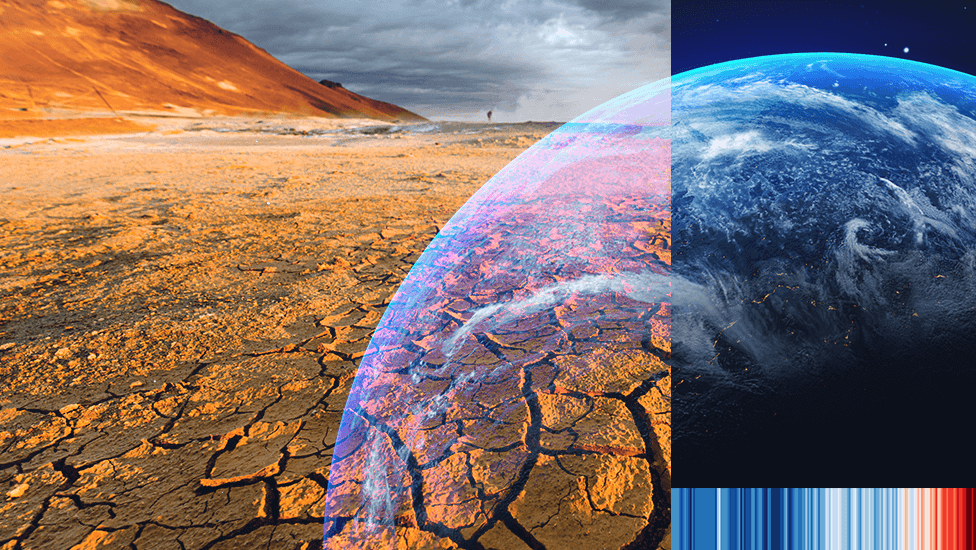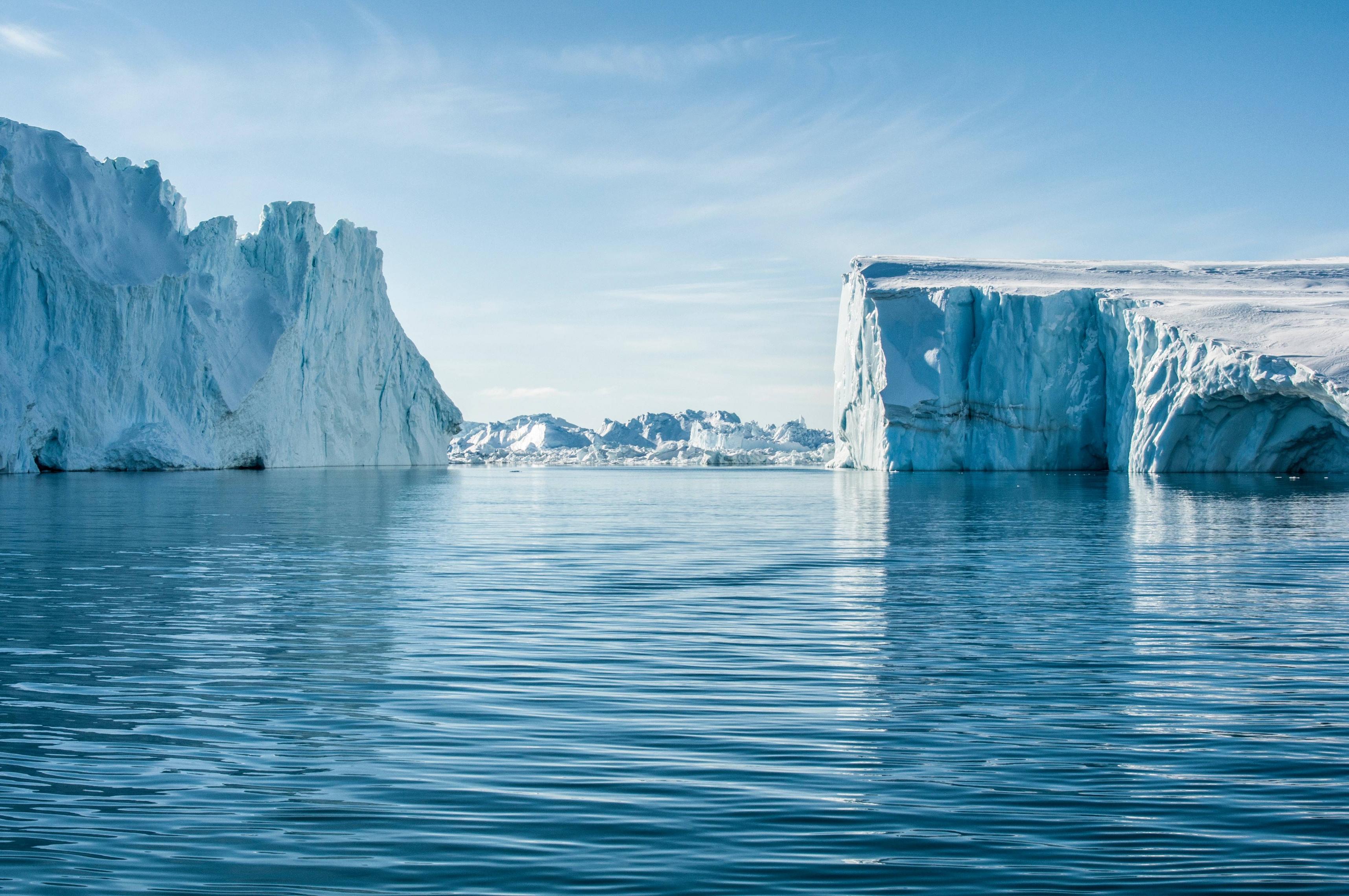
Climate change impacts are best managed if there is resilience. It is the capacity of a system to respond to hazardous events, and often focuses on the resilience of building stock. These efforts are designed to minimize risks associated buildings, supply chains, or other infrastructure. These efforts are usually carried out by policy makers and decision-makers. It's not an easy task to build resilience. This article will explain how resilience is defined, implemented, and measured in the building industry. Stakeholders can use resilience information to identify potential adaptation opportunities and make informed decisions.
A variety of academic fields have been studying climate change resilience. There has been a strong emphasis on resilience in cities. There are strategies that can improve the resilience of structures to specific hazards such as flooding and earthquakes. Additionally, these strategies seek to reinforce emergency responses, and reduce the recovery time frame.

Studies in the ecological domain define resilience as the ability of a system to retain essential processes and structures. For example, a resilient built environment can maximize its ability to survive extreme natural hazards, including floods and hurricanes, and mitigate for human-induced threats, such as wildfires. Although this definition is simplistic, it accurately reflects current knowledge about resilience.
Another area of focus involves resilience in social science. This domain addresses the interplay among system components, such communities, and identifies important roles for government and business. A resilience strategy includes strengthening social cohesion as well as community empowerment. Even though this strategy isn't well understood, it does point to the importance of adaptation efforts.
Alternative strategies for resilience include the creation of solar panel kits and other interventions. These can be more economical than rebuilding, especially when you are in low-resource environments. There are however limitations to these methods. They may not be applicable in remote and difficult to access areas.
Their diversity is another hallmark of efforts to increase climate resilience. For instance, the Northern Institute of Applied Climate Science incorporates traditional ecological knowledge into their work. There are many international groups that support resilience such as the Adaptation Research Alliance. All of these initiatives share best practices, provide metrics and mobilize the countries.

A third major area of focus is finance. The United States is attempting to expand resilience finance through the Executive Order on Tackling the Climate Crisis, which includes coordination between different departments and agencies. In the same manner, the United Kingdom is putting additional emphasis onto adaptation at its G7 Summit in 2021.
Finally, there is an extensive literature on resilience in social sciences that addresses factors affecting climate changes. Some studies have examined theoretical frameworks for resilience. Others have investigated the effects of resilience and economic well-being. Although most studies have been focused on disaster risk reduction strategies, other resilience strategies have also been explored in social sciences.
As resilience approaches and strategies continue to develop, it is important to understand how different definitions of resilience impact professional practice. Understanding the various definitions can help stakeholders choose the most appropriate approach for the particular setting.
FAQ
What is the role of greenhouse gases in climate change?
Climate change is driven by greenhouse gases. They act as an invisible blanket that wraps around the Earth, trapping heat radiation and warming it. Without them, the Earth would be much colder today than it is today.
These greenhouse gases are created by human activity such as burning fossil fuels. These activities will continue to increase heat trapping in the atmosphere. This will lead to increasing temperatures and extreme weather conditions.
Carbon dioxide (CO2), the most potent greenhouse gas, is released by fossil fuels like gas, oil, and coal. Climate change is also caused by major greenhouse gases like methane (CH4) and nitrous oxides (N2O).
Human activities have caused a significant increase in greenhouse gas concentrations since preindustrial times. This has led to global warming and an increase in temperatures all over the world, as well as in our oceans. It is also causing drastic changes, such as increased storms, droughts, melting glaciers and rising ocean levels.
To avoid further damage from climate change, humans need to reduce their emissions of greenhouse gases by transitioning away from fossil fuels towards renewable energy sources like solar or wind power. You can also reduce greenhouse gas emissions by reforestation and adopting farming methods that allow soil to absorb more carbon dioxide from the atmosphere. These activities will help lower atmospheric concentrations of greenhouse gases and create a healthier environment for all life on Earth.
What are the impacts of climate change on society and the environment?
The environment and society are both affected by climate change. Rising global temperatures, extreme weather events, sea level rise, and decreased air quality are just some of the environmental impacts of climate change. These changes can have severe consequences for human populations. They can lead to instability, increased poverty, insect-borne diseases and altered migration patterns.
Already, climate change is having an enormous impact on the environment as well as societies around the globe. As global temperatures rise, this trend is likely to intensify in the near term.
The most significant effect of climate change globally is the rise in ocean levels caused by melting ice caps. This causes shoreline erosion along many coastlines and increases the risk of flooding for coastal communities. Saltwater intrusion can also happen, affecting freshwater supplies to coastal regions of many countries.
Climate change is causing extreme weather events like heatwaves, droughts and other severe weather to occur in many countries. These events result in mass destruction of homes or businesses and can lead to relocation or complete loss of life. Extreme storms also present risks of flooding or landslides which can cause further damage to infrastructure, such as roads and railways.
Additionally, wildfires caused climate change are more common than ever. They can be devastating for both the habitats and the people who live nearby.
These dramatic changes in living conditions can often lead to displacement and even refugee crisis when people leave their homes voluntarily or involuntarily due to their changing climate.
Dust storms are also increasing in severity worldwide due to increased aridity. This makes it more difficult for asthma sufferers and other respiratory conditions. Furthermore, pest infestations are predicted to rise in tandem with warmer temperatures. This phenomenon is known as the 'greenhousebug'. Global food insecurity will continue to grow as fewer crops have lower nutritional qualities. This could potentially lead to more hardships for people already struggling to make ends work.
What is the current state of international efforts to address climate change?
The current state of international efforts to address climate change is one of unprecedented unity and momentum. Countries all around the globe are increasingly joining forces to find solutions to climate change.
The Paris Agreement, which has galvanized global action and provides a framework for countries to establish voluntary targets to reduce their emissions, serves as a framework. The UN Framework Convention on Climate Change and (UNFCCC) provides political guidance, as well as piloting initiatives such a carbon market.
Progress is also being made in specific regions; for example, The European Green Deal is a comprehensive package of legislation aimed at recreating Europe's economy with sustainability at its core, while countries of the African continent have committed to the African Renewable Energy Initiative which aims to increase Africa's share of global renewable energy production.
Along with policy changes, action can be observed across all sectors and industries. Cities are actively moving toward sustainable public transport systems. Society as a whole is moving towards more sustainable lifestyles. Companies invent technologies that reduce carbon emissions. Investors are shifting their capital away to renewables.
The OECD committee represents wealthy countries and has established common standards for reporting national climate action through the Common Reporting Framework, also called the 2021 Guidelines.
These efforts all signify an unprecedented importance placed on climate action. For any chance of reaching the climate goals set forth by science and international law, government, civil society, & private sector actors must build upon this momentum.
How can the impact of climate change be reduced or mitigated?
There are various measures that can be taken to reduce and mitigate the effects of climate change. These include reducing greenhouse gases emissions by using better energy practices and other sources of electricity, improving land management, protecting forests and wild places, protecting against extreme weather, investing in sustainable transport, strengthening early warning system for disasters, starting a research programme on the impact climate change has on biodiversity and ecosystems. Also investing in green technologies like solar cells or wind turbines, encouraging sustainable consume habits, and implementing environmental regulations across all segments of society. It is important to raise awareness of climate change in order to encourage people and make them feel responsible for their actions.
How do climate change and global warming impact agriculture and food security?
Global warming and climate change have an immediate impact on agriculture and food safety. The changing climate can affect rainfall patterns, temperatures, soil moisture levels, and extreme weather. This can affect farming activities and reduce crop yields. It can also lead to a decrease in agricultural biodiversity. Warmer temperatures can cause crop diseases and pests to multiply. It can also affect the ranges that are suitable for agricultural production. This can increase food production costs, as well as cause hunger and other nutritional problems worldwide.
Rising sea level poses a risk because they could flood agricultural land along many coasts, causing increased salinity to wetlands. The changing climate can also affect livestock production. High temperatures in summer months can decrease fertility rates in animals such as cattle, sheep, or goats. This can lead to lower milk yields that can increase food insecurity in communities.
Global warming and climate change are complex issues. However, governments around the world are making efforts to reduce these effects through adaptation strategies such as climate-smart agricultural (CSA) strategic investments. This includes promoting sustainable methods like crop rotation techniques and genetic diversity through conservation of native seed varieties. These help to protect against adverse impacts from extreme weather conditions and other environmental stressors due to the changing climate. In addition, CSA strategies call for reductions in greenhouse gas emissions through the use of renewable energy sources and the reduction of deforestation-related logging activities.
Global farmers must adapt to climate change in order to ensure food security. Existing infrastructure must be improved to allow for the appropriate action when necessary. This includes stabilizing irrigation networks that have adequate access to water during periods when there are less water sources due either to extreme downpours or warmer climates. To truly create lasting solutions that ensure continued adherence to international dietary guidelines regarding quality nutrition within our increasingly variable climates all over the globe - cohesive collaboration between stakeholders ranging from various government administrations at an international level right down to NGOs at local community sites is required.
Statistics
- Fossil fuel production must decline by roughly 6 percent per year between 2020 and 2030. (un.org)
- This source accounts for about 10% of all the water that enters this highly productive farmland, including rivers and rain. (climate.nasa.gov)
- Indigenous peoples and local communities receive less than 1% of all climate funding despite scoring wins for people and nature Africa's broken food markets must be fixed to tackle hunger (climatechangenews.com)
- According to the 2014 report on Climate Change Impacts, Adaptation, and Vulnerability (page 8) from the United Nations Intergovernmental Panel on Climate Change, governments at various levels are also getting better at adaptation. (climate.nasa.gov)
- The 10 countries with the largest emissions contribute 68 percent. (un.org)
External Links
How To
How to Educate your Community about Climate Change and Mobilize Action
Climate change education can be in many forms, from online resources and interactive educational tool to classroom activities, simulations, experiential learning programs, and classroom activities. These are the essential elements of effective climate education:
-
Practical knowledge of the subject is essential for people to be able to make informed decisions.
-
Demonstrating that people can make a real difference.
-
Engaging participants in an open discussion about possible solutions
-
inspiring action through shared experiences
By providing comprehensive climate change lessons for both students and adults alike, educators will be able to help their communities develop strategies for reducing their environmental footprint.
It is also possible to connect scientific research with real-world examples, which can be a unique way of engaging audiences in meaningful dialogue. Exploring case studies and best practices also provides participants with opportunities to witness positive outcomes firsthand, which can inspire further innovation or replicable measures within their own communities or organizations.
Incorporating action-oriented activities into educational curriculums empowers participants with the mental tools they need -- such as creating campaigns, forming petitions, or local actions -- enabling them to become agents of social and political transformation or sustainability improvement initiatives. Additionally, highlighting individual agency highlights the importance for participants in reducing greenhouse gas emissions and also showcases their collective contributions towards a bigger outcome. Involving stakeholders early in the decision-making process encourages them to be involved. This could lead to more equitable outcomes for all those affected by policy design decisions. If we work together to improve public understanding and to take the appropriate action to reduce greenhouse gases emissions, then we might be in a position to create an environment that allows us to address urgent issues with our attention being focused where it is most necessary. In this way, we can all help to achieve our collective goals.